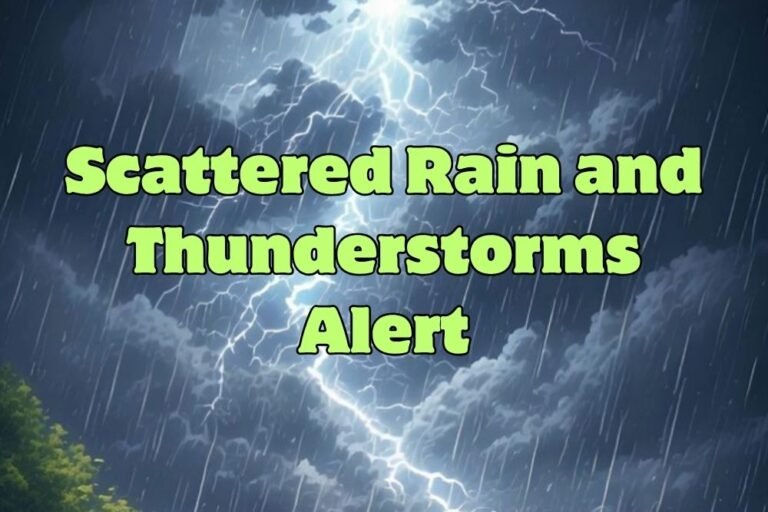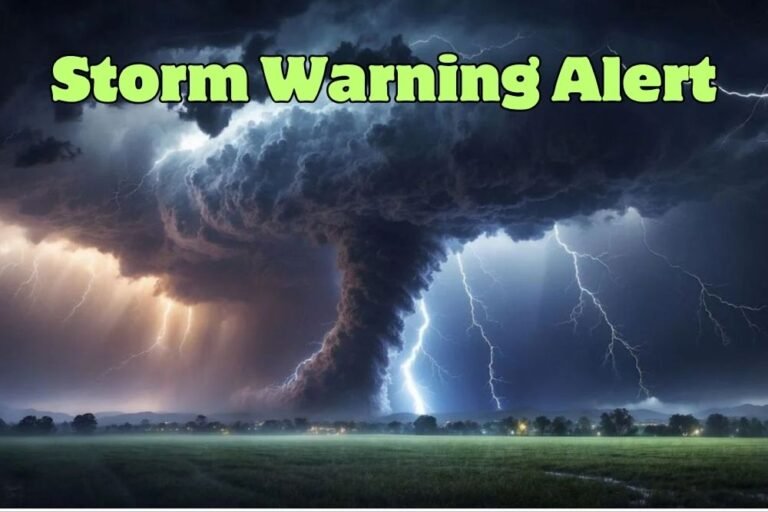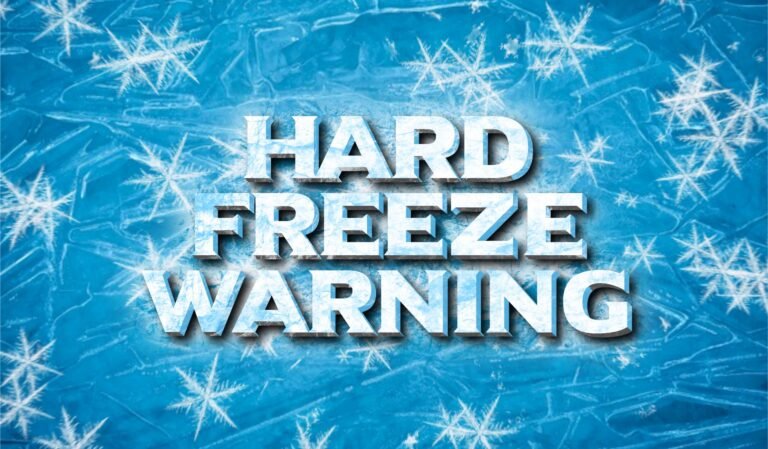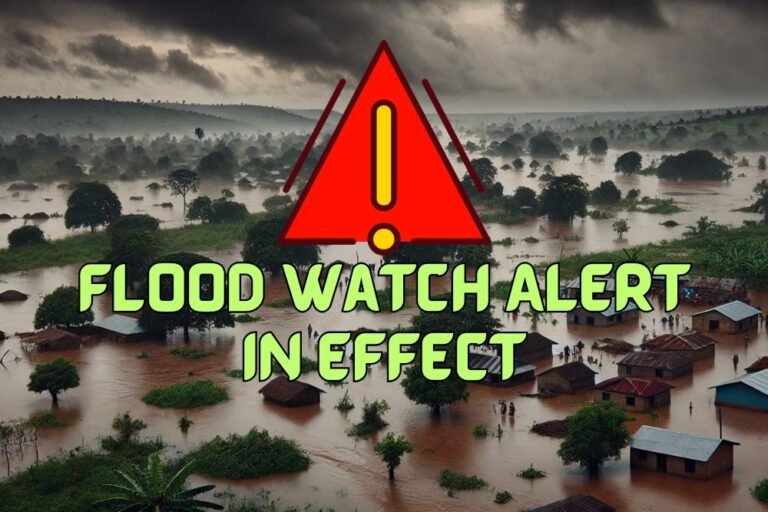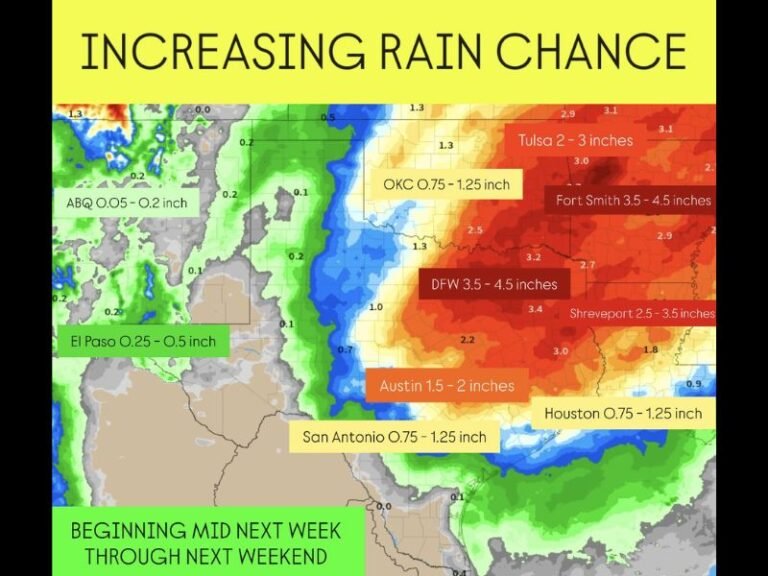Southeast Weather: Georgia and Alabama Brace for Warm, Dry Winter Under La Niña
ATLANTA, Ga. — The Southeast U.S. is entering the Winter 2026 season under a weak La Niña pattern, which is expected to bring warmer temperatures and reduced rainfall to both Georgia and Alabama, according to the National Weather Service in Peachtree City.
La Niña’s Influence on the Southeast
La Niña occurs when cooler Pacific Ocean waters shift global weather patterns, often pushing the jet stream northward. This typically results in less rainfall and fewer Arctic air intrusions across the southern states.
Forecasters say average highs across Georgia and Alabama could run several degrees above normal through January, producing extended dry periods and early-season drought concerns.
The National Weather Service notes that these conditions will likely favor outdoor activities and construction, but could also challenge farmers and fire officials as soil moisture declines.
Drought and Fire Risk Expected to Rise
As the La Niña pattern strengthens, state agencies are warning of increased wildfire potential and low humidity through much of the winter.
The Georgia Forestry Commission cautioned that breezy afternoons with humidity below 30% could spark fast-moving brush fires. In neighboring Alabama, EMA officials are urging residents to conserve water and follow any burn bans as reservoirs begin to drop.
“We’re expecting long stretches of dry, mild weather interrupted only by quick cold fronts,” a Peachtree City meteorologist said. “Those fronts will bring brief temperature drops, but the warmth rebounds fast.”
Mild Start, Possible Storms by Late Winter
While the early part of winter will remain quiet and sunny, meteorologists predict that storm activity could pick up in February, as the jet stream occasionally dips south. Until then, much of the Southeast should anticipate a mild and windy La Niña season characterized by below-average precipitation and extended dry spells.
Safety and Preparedness Tips
Public safety agencies across the region recommend:
- Checking smoke detectors in homes before heating season
- Clearing dry leaves and yard debris to reduce fire hazards
- Protecting outdoor pipes and faucets from the few cold mornings likely to occur
- Monitoring drought advisories and local burn restrictions throughout the season
Officials say even though the winter will be warmer than usual, residents should remain cautious of fire danger and short-lived cold snaps that could still impact the region.
What are you doing to prepare for this La Niña winter? Share your thoughts in the comments and follow SaludaStandard-Sentinel.com for continuing weather coverage across the Southeast.


